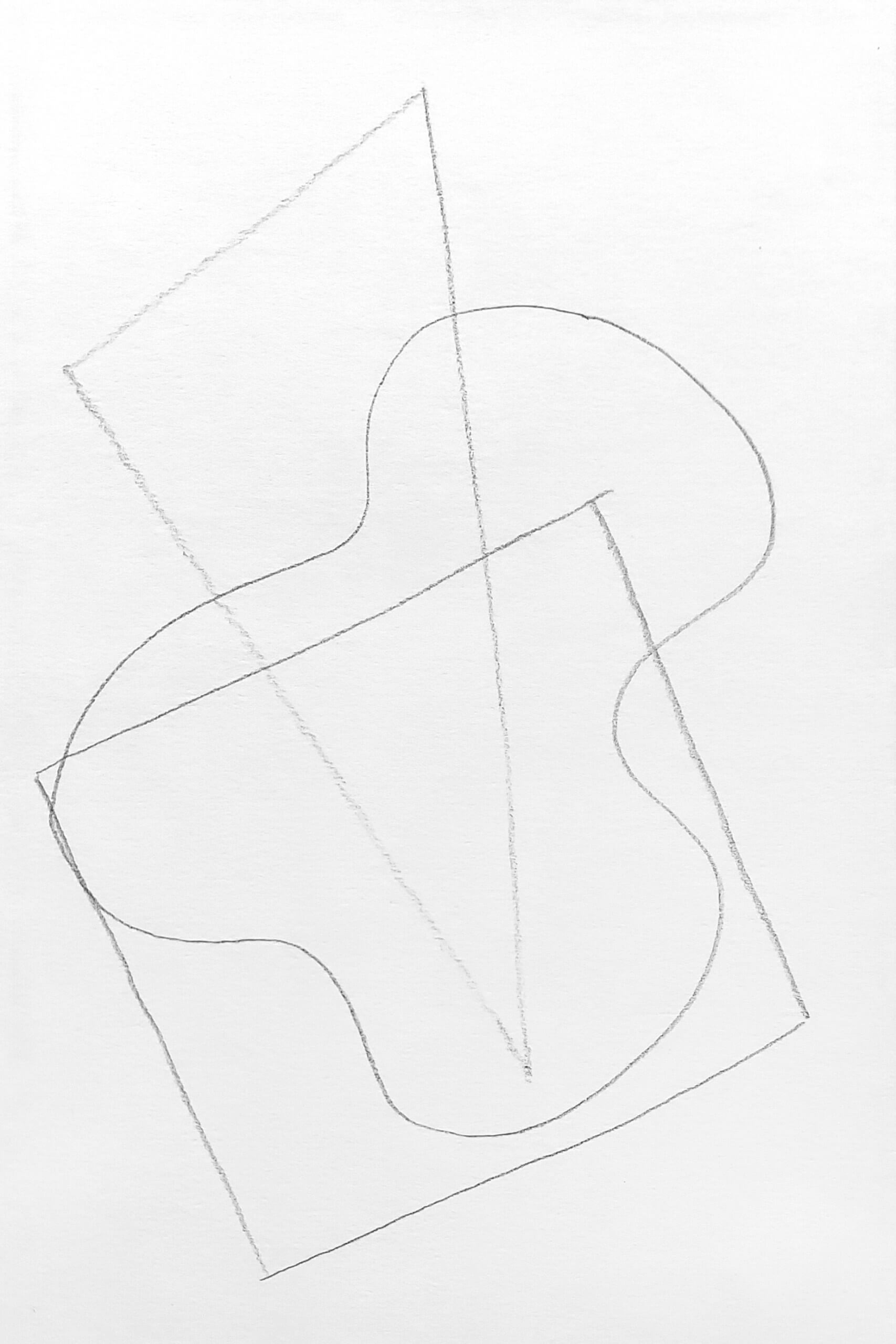Overview
In this lesson, students will experiment with creating value in a drawing.
Materials and Tools
- Pencil, pen or crayon
- Paper or cardboard
Objectives
Students will understand that:
- Value is how light or dark a color appears.
- Value can be adjusted in by using more or less pressure on a drawing tool.
Students will be able to:
- Use value to create a value scale.
- Use value to create a continuous value scale.
- Use value to create an experimental drawing.
Activities
Value in art describes how light or dark a color appears. Artists use value to make their work more interesting and to create different effects.
To create different values in a drawing, we can apply different amounts of pressure to our drawing tool. Pressing hard with your pencil, pen or crayon will create a darker, or more saturated, value. Adding layers will make dark values even darker, or more saturated. Applying less pressure will create a lighter value.

Create a Value Scale
Step 1: Draw a long rectangle.
Have students draw a long rectangle and divide it into 6 equal parts. Have them number each box from 1-6.

Step 2: Fill in Box 6.
Fill box 6 completely and evenly with your darkest value by pressing firmly on your pencil. Demonstrate going over the value in different directions, adding more layers.

Step 3: Fill in box 2.
Leave box 1 white. Fill box 2 with the lightest value you can make by pressing very gently with the pencil. There should be a noticeable difference between the saturation in box 2 and 6.

Step 4: Finish your value scale.
To create a smooth transition of values between boxes 1 and 6, demonstrate continuing to fill each box with the appropriate value.
Encourage students to adjust their values as they work or even to start another scale if needed.

Create a Continuous Value Scale
Demonstrate using a pencil to create a continuous value scale. Start by transitioning from dark to light (saturated to white), then from light to dark (white to saturated).

Experimental Drawing with Value
Step 1: Draw 3-5 overlapping shapes.
Draw shapes that vary in style and size. This will create many new shapes to practice adding value.

Step 2: Add a range of value in one shape.
Demonstrate adding a full range of value to one of the shapes. Continue to fill the rest of your composition creating smooth transitions.

Reflection Questions for Discussion
- What is a new technique that you practiced today?
- How do you imagine that you might use this technique to add value to a drawing in the future?
Vocabulary
Value in art describes how light or dark a color appears.
Transition describes the change from one value to another.
Saturation refers to how pure, or intense, a color is.
Resources


Look at how other artists work with value to get you ideas and inspiration.
Check out these artists who use value in their work:
- How do these artists use value similarly/different?
- Which artists use smooth transitions? How does it affect their drawing?
- Which artist’s work do you like the most? Why?

Credits
Written By
Matthew Mahler
Lesson Development
Julie Applebaum, Senior Director
Andrea Burgay, Director of Digital Learning
Copyright © 2024 Studio in a School NYC LLC

